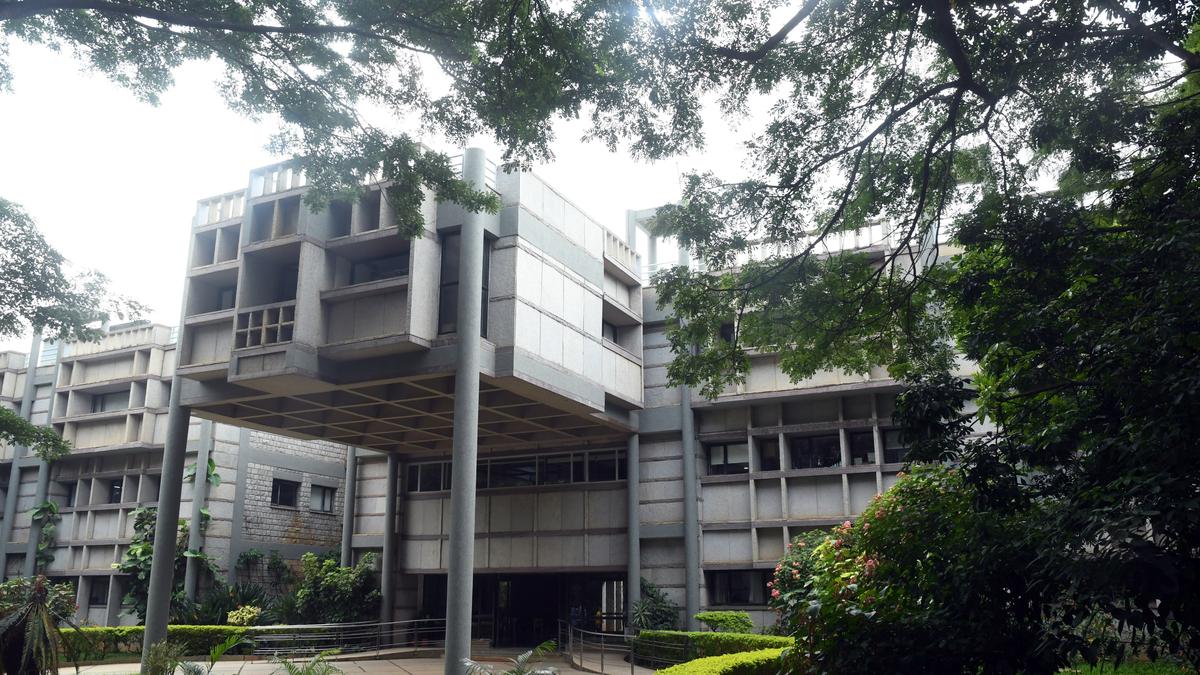
Study reveals how 3D environments affect bacterial growth and survival
The Hindu
NCBS study reveals how 3D environments impact bacterial growth, highlighting the importance of shape in survival strategies.
A new study from the National Centre for Biological Sciences (NCBS) has shed light on how three-dimensional (3D) environments influence bacterial growth and survival. By creating 3D models that mimic natural settings like mucus and soil, researchers discovered that the shape of bacteria plays a critical role in their ability to thrive in complex environments.
For over 300 years, scientists have primarily studied bacteria using liquid cultures or flat 2D plates in laboratory settings. “While this is convenient and has been invaluable for biological research, it does not reflect natural 3D environments like soil, mucus, or plant and animal tissues. As a result, little is known about bacterial growth in these complex settings with varying material properties,” NCBS said.
Sreepadmanabh M., the study’s lead author, emphasised the significance of environmental factors: “From decades of past research using simple liquid or flat plates, we have learnt that mutations, chemical signals, and behavioural patterns all affect bacterial physiology. But bacteria inhabit a wide range of environments — from the soil beneath our feet to the mucus lining our guts. So, we wondered: how would such physical differences in their environment impact their survival?”
To mimic the mechanical properties of mucus in the lab, the researchers used Carbomer, a common thickening agent found in creams and gels. This allowed them to create a 3D model that replicated the viscosity, stiffness, and porosity of mucus, while remaining optically transparent for detailed visualization of bacterial cells and colonies.
Using computational simulations and microscopy, the team found that rod-shaped bacteria grow much better than spherical bacteria under high degrees of physical confinement because they can readily elongate and spread out their progeny during growth. However, spherical bacteria form clustered colonies wherein bacteria trapped in the centre of these compact clusters struggle to access air and nutrients, leading to slower, less efficient growth.
Dr. Tapomoy Bhattacharjee, the principal investigator of the study, said, “Our work opens the door for future questions, such as how a range of processes encompassing motility, pathogenesis, adaptive mutations, and evolutionary fitness can all be modulated by the physical constraints imposed by an organism’s surroundings.”

Indian Forest Service (IFoS) officer R. Gokul, who was suspended by the State government in connection with a case filed in the Supreme Court seeking permission to denotify 443 acres of HMT forest land, besides writing a letter to the CBI, has reportedly admitted to his mistake and submitted an unconditional apology.





















 Run 3 Space | Play Space Running Game
Run 3 Space | Play Space Running Game Traffic Jam 3D | Online Racing Game
Traffic Jam 3D | Online Racing Game Duck Hunt | Play Old Classic Game
Duck Hunt | Play Old Classic Game









